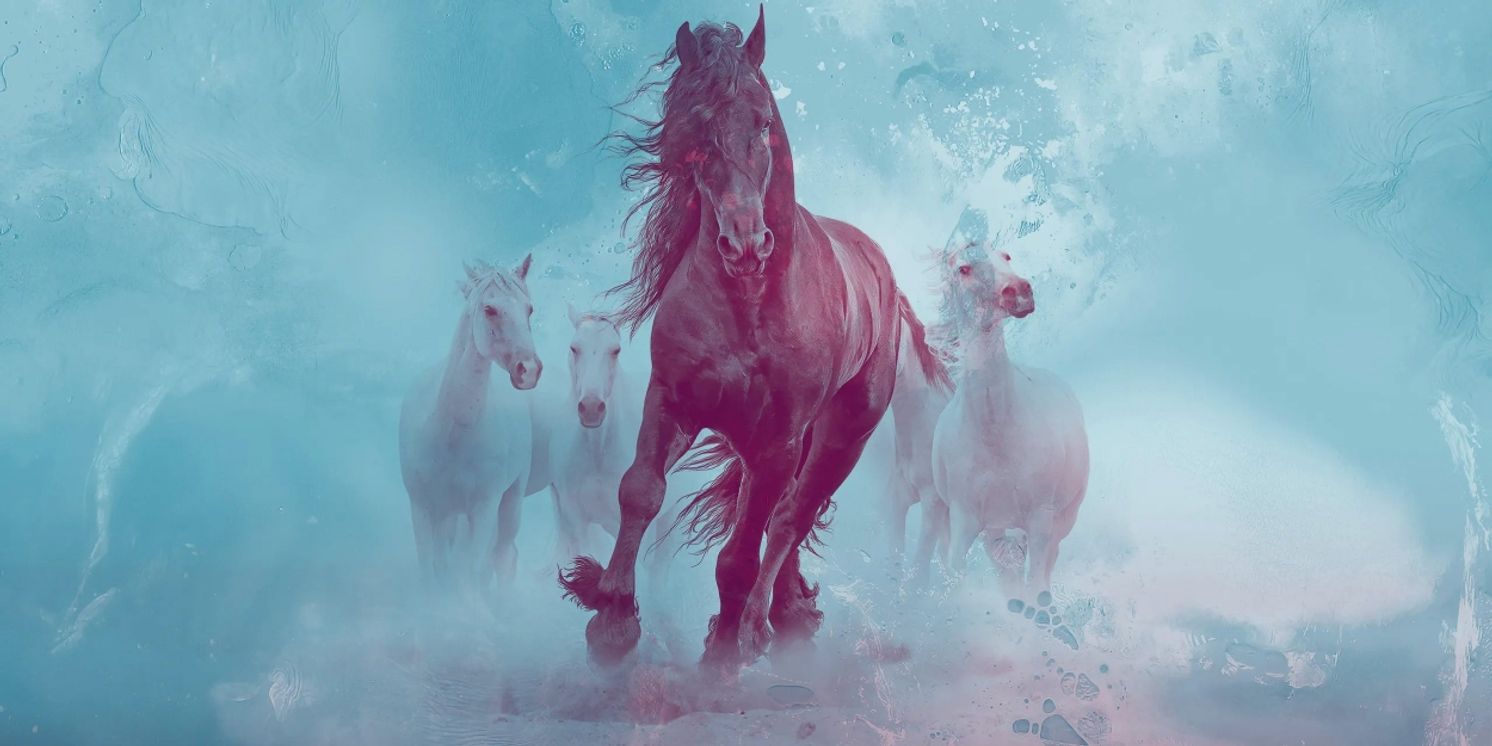Gurre-Lieder Comes to the National Theatre in Prague
The performance is set for 20 June 2023.

Gurre-Lieder will be performed at The National Theatre in Prague this week. The performance is set for 20 June 2023.
Music:: Arnold Schönberg (1874–1951)
Text: Robert Franz Arnold (1872–1938), based on a poem cycle by Jens Peter Jacobsen (1847–1885)
Arnold Schönberg completed the monumental late-Romantic cantata Gurre-Lieder in 1911, and,notwithstanding that by the time he had abandoned the style in which he composed it, he branded the piece as the cue to his further artistic development. The title, meaning “Songs of Gurre”, refers to the medieval Danish legend of King Valdemar (Valdemar IV, who died in 1375 at the Gurre Castle; or Valdemar I, who lived in the 12th century) and his mistress Tove Lille (Little Tove), murdered by Queen Helvig. The tragic love story inspired Jens Peter Jacobsen, a 21-year-old history student, to write the poem cycle Gurresange (1868), depicting the Queen’s jealousy, the poisoning of Tove and her funeral procession (as described by a wood dove), as well as the grief-stricken King, who curses God and is consequently condemned to fly for ever with his dead minions through the night sky.
Schönberg scored the Gurre-Lieder for a colossal apparatus: five vocal soloists, a narrator, men’s and mixed choirs, and a huge orchestra, made up of 25 woodwinds, 25 brass instruments, four harps, a celesta, 16 different percussion instruments (including iron chains) and an extremely large string section. Each performance of the Gurre-Lieder, a masterpiece with every detail worked out, is thus a truly overwhelming experience. In his account of the work, the composer Alban Berg, a pupil of Schönberg’s, identified some 35 leading motifs depicting not only the main characters but also natural phenomena (sunset, sunrise, galloping horses, etc.) and a variety of emotional states (desire, Jupiter’s love, a peasant’s fear, the mourning for Tove, etc.). Noteworthy too is the fact that in the part of the Narrator of the Gurre-Lieder Schönberg employed for the very first time the Sprechgesang, a ”spoken singing” technique, which he would use throughout in his 1912 melodrama Pierrot lunaire.
The Gurre-Lieder received its premiere in Bohemia on 9 June 1921 at the Neues Deutsches Theater, under Alexander Zemlinsky. Schönberg’s cantata was most recently presented in our country within the 2006 Prague Spring festival. The Gurre-Lieder will thus return to a Prague stage after 17 years.
The production is part of the Musica non grata cycle. Musica non grata is the international music and cultural project of the Czech Republic and Germany, initiated and organized by the National Theatre in Prague and financially supported by the Embassy of the Federal Republic of Germany. Musica non grata revives the artistic legacy of male and female composers important to the musical life of interwar Czechoslovakia who were persecuted by National Socialism or for religious, racial, political or gender reasons. More information at musicanongrata.cz.
Videos


